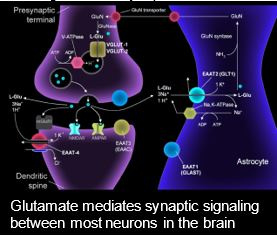Diagnostic Clinical PET Imaging
Rio Pharmaceuticals, Inc., is a privately held Delaware incorporated company that is advancing clinical trials in the United States (California) and Australia. Rio is transforming the diagnosis of neurological diseases through the development of new positron emission tomography (PET) imaging technology that can detect pathological changes in human brain and spinal tissues. The specific patterns of changes detected by our PET tracers serve as quantitative clinical readouts that can be coupled with other biomarkers to provide clinicians with improved disease diagnoses and staging, and the ability to follow tissue changes from new emergent therapies.
What is PET?
PET scanning is a clinical means to obtain quantitative neurochemical patient data in Vivo. PET uses radioactive molecules (tracers) that have high binding affinity for a specific target in the body, usually a key protein associated with the disease of interest. A small amount of the tracer is injected, and then radioactive decay events are captured with the PET scanner. Then, the decay event is mapped onto the tissue location. In this way, the density (concentration) of the target protein of interest at a given anatomic location can be deduced. Thereby changes in disease pathology may be determined.



